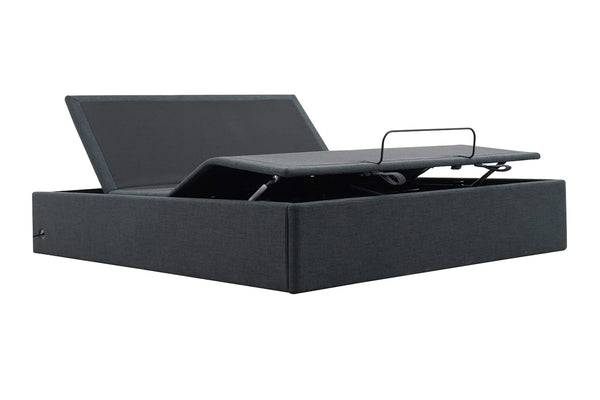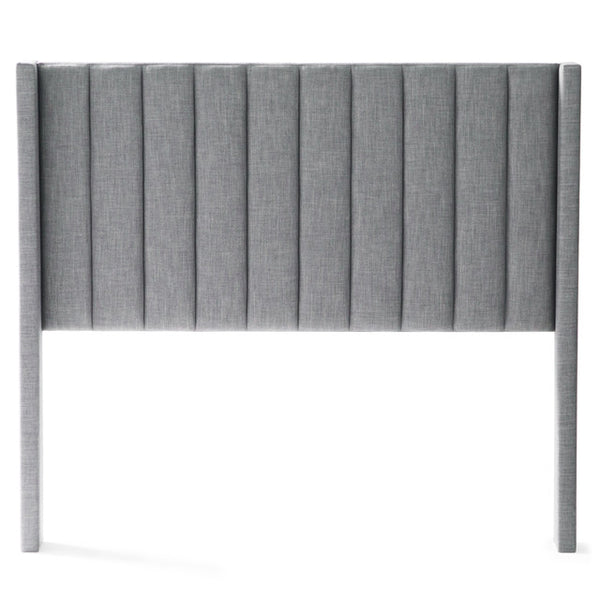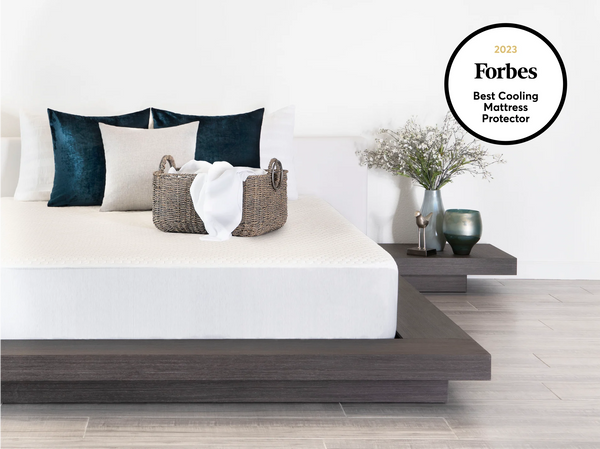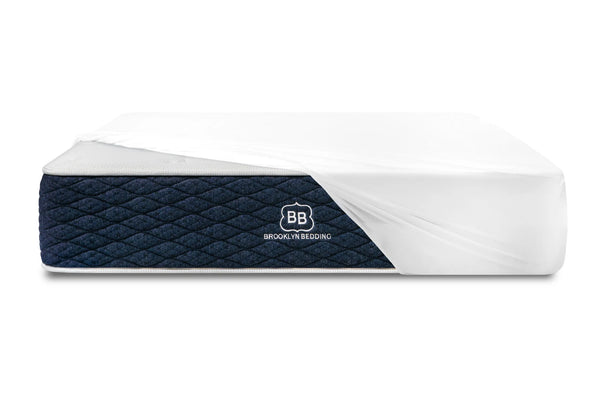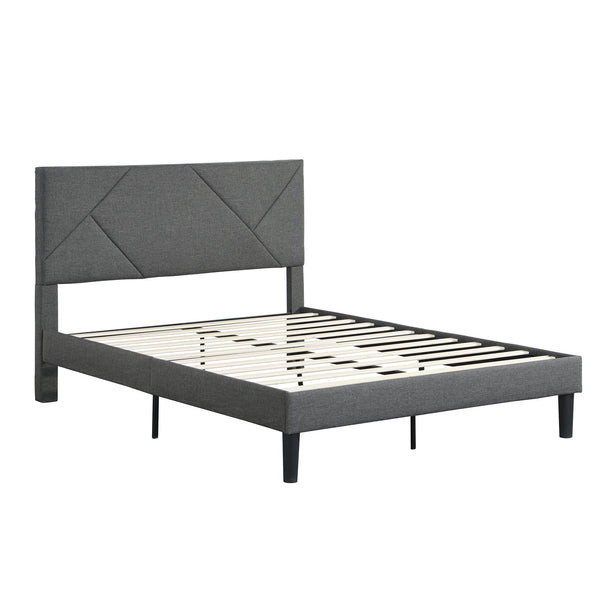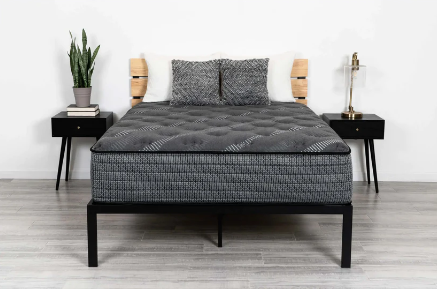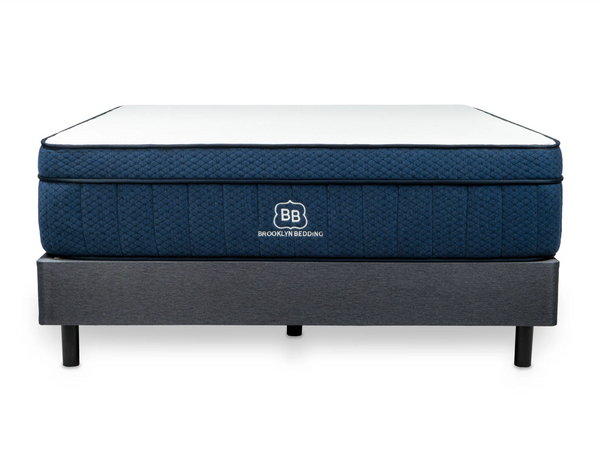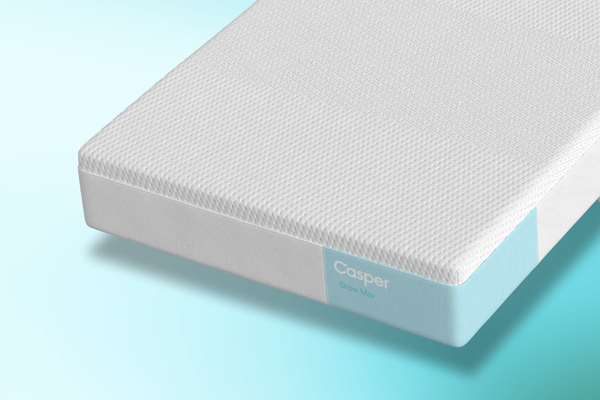
Frequently Asked Questions
1. What types of pillows are available for sleep comfort?
2. How does my sleep position affect pillow choice?
3. What should I consider when assessing pillow loft and firmness?
4. Are there pillows that cater to allergy sufferers?
5. How often should I replace my pillow?
The pursuit of quality sleep begins with the right mattress, but it doesn't end there. An often-overlooked factor in achieving a restful night is the pillow. Selecting the right pillow can complement and elevate your mattress experience, ensuring that your head and neck are well-supported throughout the night. This comprehensive guide will walk you through the essentials of choosing the perfect pillow to enhance your sleep quality and overall well-being.
Understanding Pillow Types
Before diving into the specifics of your needs, it’s crucial to understand the various types of pillows available on the market. Each type has unique features that cater to different sleep styles, preferences, and health considerations.
1. Memory Foam Pillows
Memory foam pillows are popular for their ability to contour to your head and neck, providing personalized support. They are ideal for sleepers who crave comfort and pressure relief. However, they can retain heat, which may not work for those who sleep hot.
2. Latex Pillows
Latex pillows offer a more buoyant support compared to memory foam. They tend to be cooler, making them suitable for warmer climates or hot sleepers. Additionally, latex is often more durable, retaining its shape longer than other materials.
3. Down and Feather Pillows
Down and feather pillows are known for their softness and luxurious feel. They are easily moldable, allowing you to adjust them for comfort. However, they may not provide adequate support for all sleepers, especially those who prefer a firmer feel.
4. Buckwheat Pillows
Buckwheat pillows contain hulls that conform to the shape of your head and neck. They are adjustable, which means you can add or remove hulls to achieve your desired loft. These pillows are breathable and provide a firm support option, making them suitable for back or side sleepers.
5. Polyester Pillows
Polyester pillows are budget-friendly and come in various shapes and sizes. While they may not offer the same support as memory foam or latex, they are lightweight and easy to clean, making them an accessible choice for many.
Identifying Your Sleep Position
Your preferred sleeping position plays a significant role in determining the right pillow for you. Understanding how you sleep can help in selecting a pillow that offers the best support and comfort.
1. Back Sleepers
Back sleepers require a medium-loft pillow that supports the natural curvature of the neck while preventing the head from tilting too far forward or backward. A pillow that is too thick can lead to neck strain, while one that is too flat may cause discomfort.
2. Side Sleepers
For side sleepers, choosing a higher loft pillow is key to keeping the spine aligned. A firmer pillow helps fill the gap between the head and shoulder, ensuring that the neck remains in a straight line with the spine. Consider using a contour pillow for added support.
3. Stomach Sleepers
Stomach sleepers generally need a thin, soft pillow or even no pillow at all to maintain spinal alignment. A high pillow can cause neck strain, leading to discomfort and poor sleep quality.
Assessing Loft and Firmness
The loft and firmness of a pillow significantly influence your overall comfort during sleep. Here’s how to assess what works best for you:
1. Loft
The loft of a pillow refers to its height. A pillow's loft can be categorized into three types: low, medium, and high. Depending on your sleeping position, choosing the right loft is essential.
- Low Loft: Best for stomach sleepers.
- Medium Loft: Ideal for back sleepers.
- High Loft: Suited for side sleepers.
2. Firmness
Pillow firmness ranges from soft to firm, affecting your comfort levels. Your body weight and sleeping position will inform the level of firmness you need:
- Soft: Offers a plush feel, great for side sleepers who prefer to sink into their pillow.
- Medium: Balances comfort and support, suitable for back sleepers.
- Firm: Provides robust support for side sleepers, preventing head sinkage.
Material Considerations
The material of your pillow can also impact sleep quality. Understanding different materials can help you make an informed decision:
1. Hypoallergenic Options
If you suffer from allergies, consider hypoallergenic pillows made from materials such as latex or synthetic fills. These options minimize the risk of allergens and irritants that could disrupt your sleep.
2. Washability
Keeping your pillow clean is vital for hygiene and longevity. Some pillows have removable covers that are machine washable, while others can be washed separately. Always check care instructions before purchasing.
Testing for Comfort
Before settling on a pillow, it's essential to test it for comfort:
1. Try it Out
If possible, visit a store where you can lay down and try different pillows. Pay attention to the feel of the pillow against your neck and head in your preferred sleeping position.
2. Use a Comfort Guarantee
Many retailers offer comfort guarantees or trial periods, allowing you to test the pillow at home. Take advantage of this option to ensure that you’re fully satisfied with your selection.
Addressing Specific Neck and Back Issues
If you have existing neck or back problems, the right pillow can support you better and improve your condition.
1. Cervical Pillows
Cervical pillows are designed with specific contours to provide extra support to the neck, reducing strain on the cervical spine. They can benefit individuals with chronic neck pain or stiffness.
2. Adjustable Pillows
For those with varying needs, adjustable pillows allow you to customize loft and firmness. You can add or remove filling according to your comfort preferences and sleeping position, making them an adaptable solution for different sleep scenarios.
How to Maintain Your Pillow
A good pillow can last for several years, but proper maintenance is crucial to ensure its longevity and hygiene.
1. Regular Cleaning
Follow the care instructions for your specific pillow type. Most pillows can be spot-cleaned, while some can be machine washed. Frequent cleaning can reduce allergens and odors.
2. Replace Regularly
Pillows should generally be replaced every 1-2 years, depending on their material and usage. If your pillow has lost its shape, feels lumpy, or doesn’t provide adequate support, it’s time for a replacement.
A Treasure Hunt for Your Ideal Pillow Awaits
Choosing the right pillow is more than just a shopping decision; it’s an investment in your health and well-being. By understanding the various options, assessing your sleeping position, and factoring in material considerations, you can find the perfect pillow that complements your mattress and enhances your restorative sleep. Say goodbye to tossing and turning, and hello to a rejuvenating night’s sleep. Remember, the right pillow awaits—you just have to find it!

